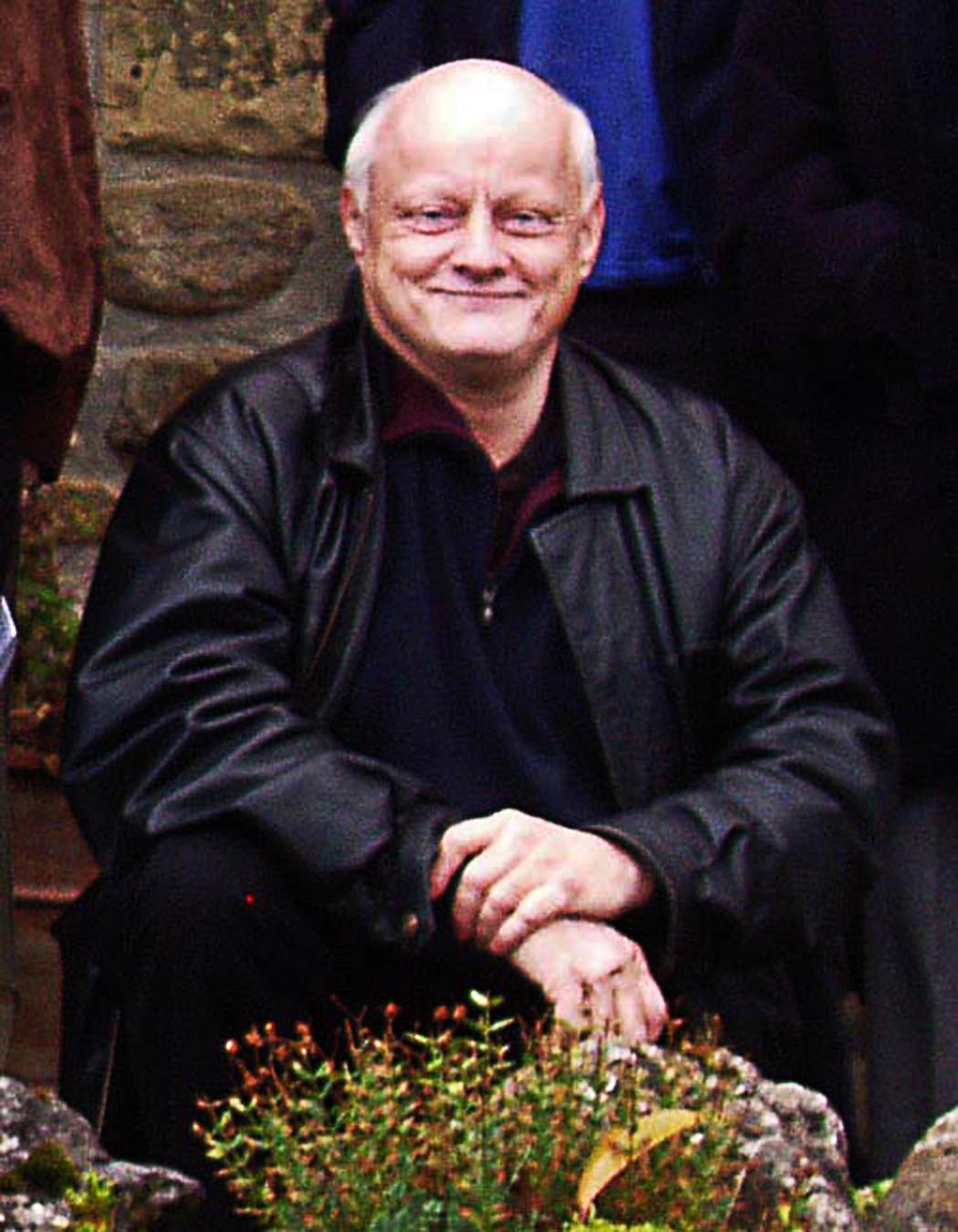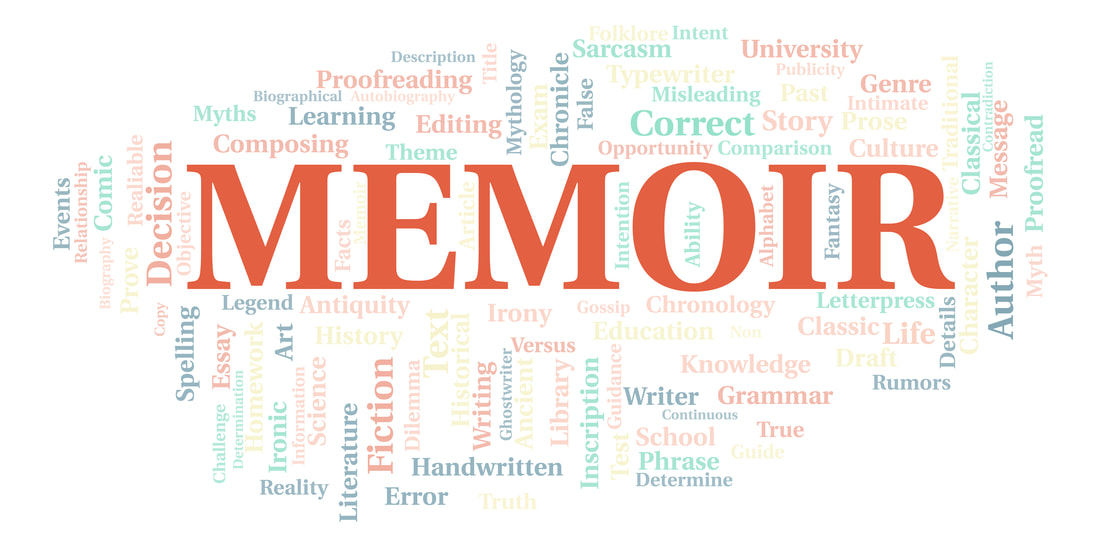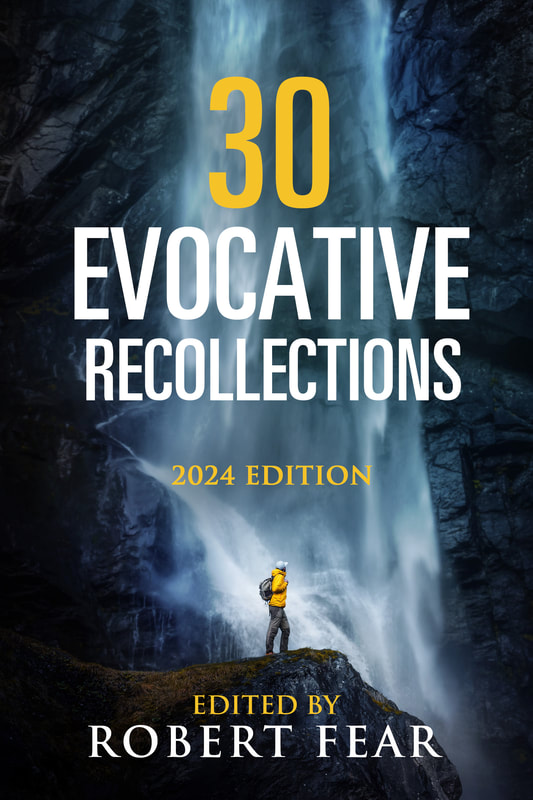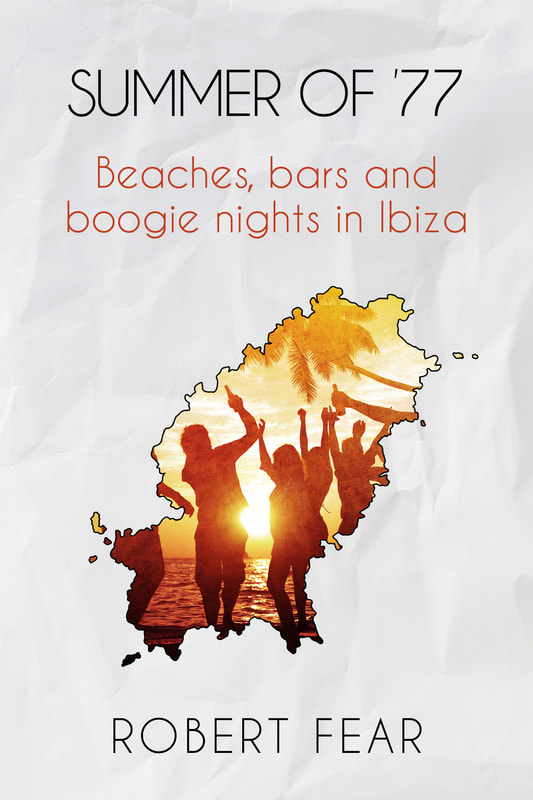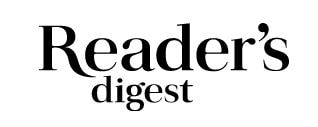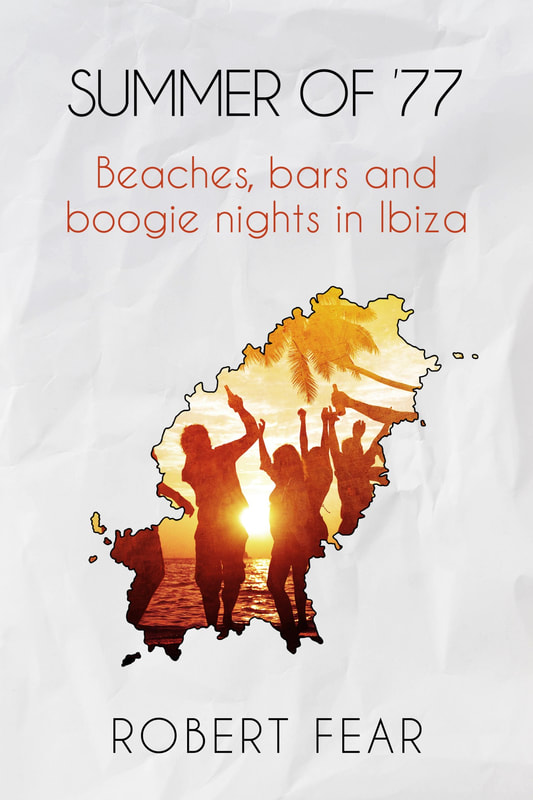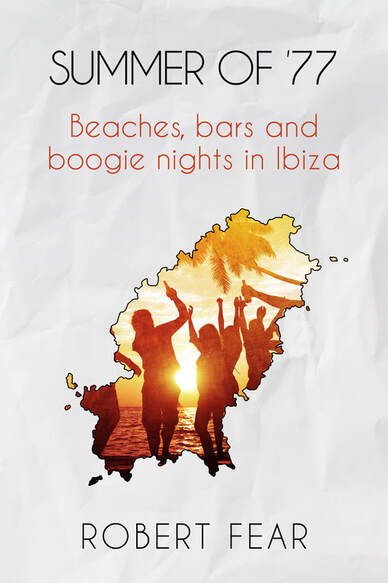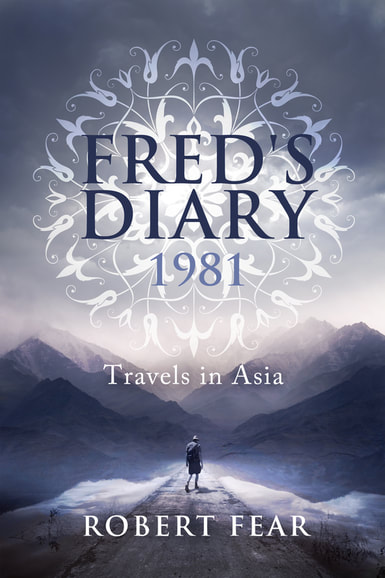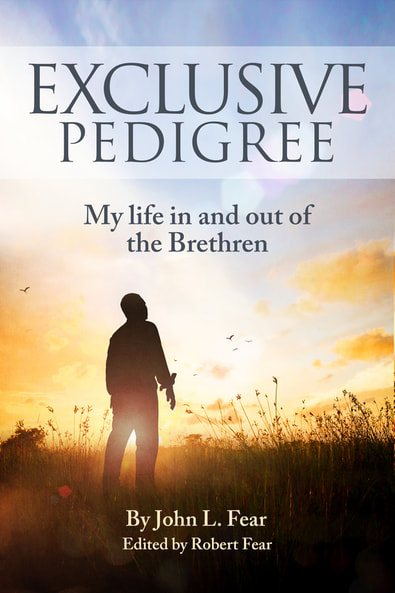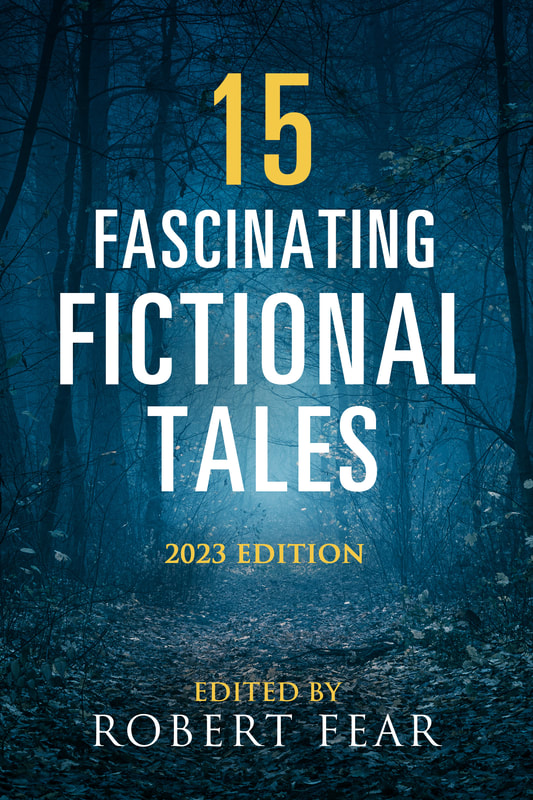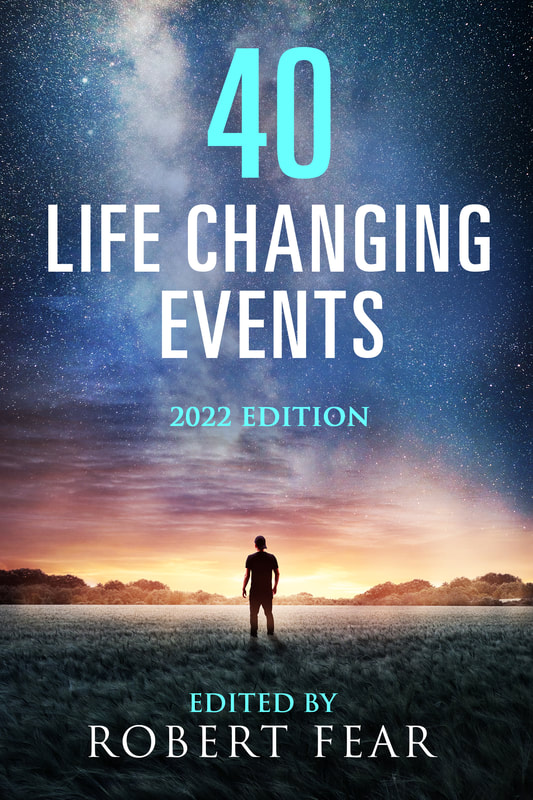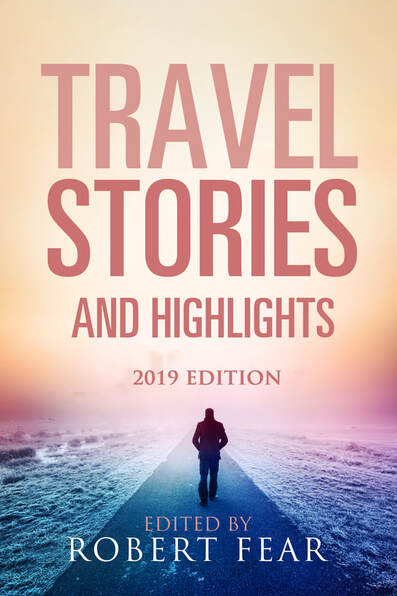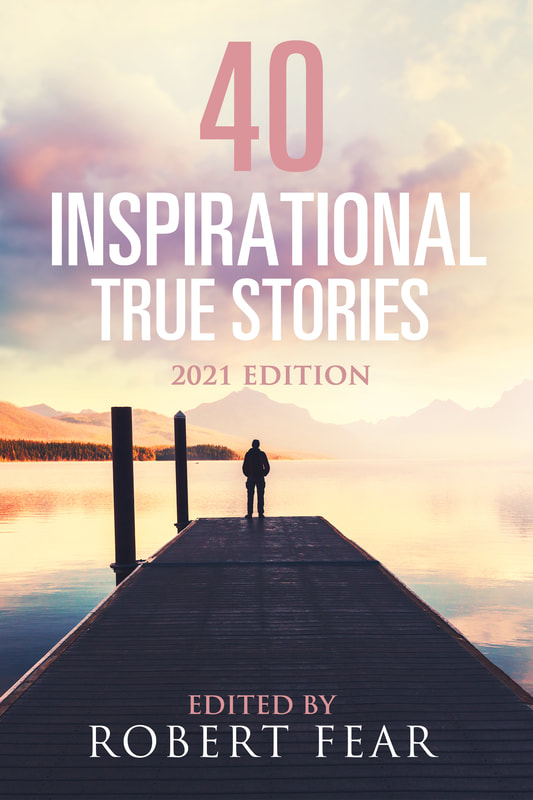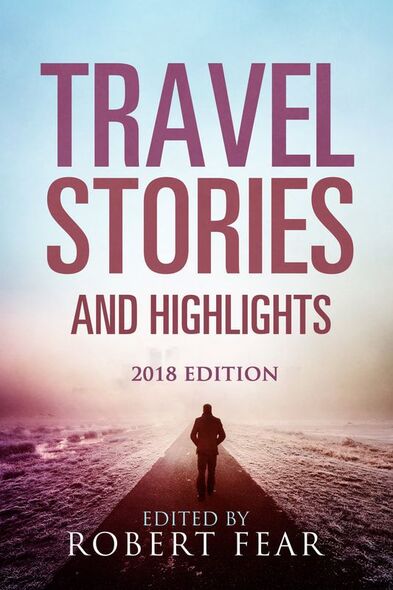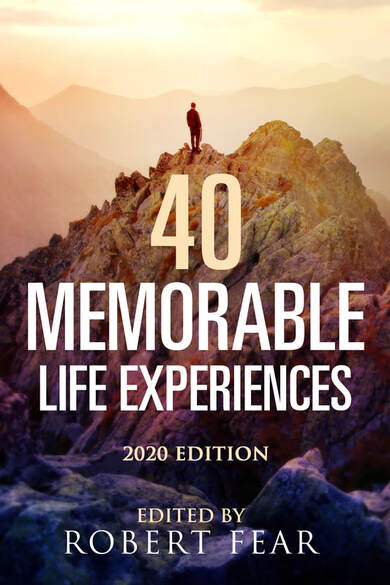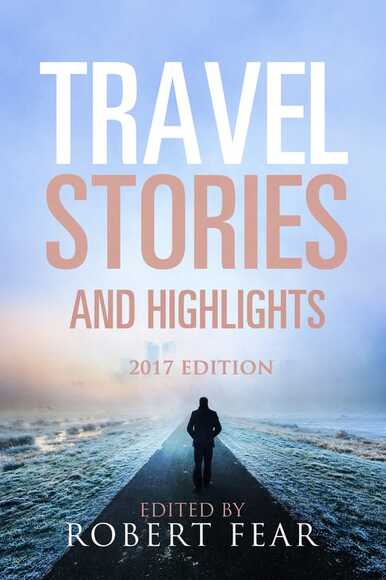First of all, as I write it is 40 years to the day since I did the last of my 1970s' celebrity interviews (though there were further meetings with creatures, all great and famous, further down the line), so I thought this a good time to write a post to mark the anniversary.
The idea for choosing this particular one was as a result of visiting my editor in his London office on the very day I interviewed Esther Rantzen. He'd shown me some past editions of the magazine, in which was a single-shot news item about this particular person, and I just thought that doing him would be a good idea. After all, he was an iconic radio and TV presenter, extremely popular and appealed to the masses.
When trying to make contact with people in entertainment, back in those days it was even harder than it is today. There was no internet, no Googling, and in trying to find someone's phone number – even an agent's – there was, of course, the free Directory Enquiries, yet first of all you needed a name to ask for. Information was not available with a click or two of a mouse. Anyhow, I just happened to know somewhere that could help me make contact with the celebrity involved.
It transpired that my contact knew of a charity jog that the celebrity was doing with a friend, and so I was put in touch with him. Being a successful businessman, he was extremely well-organised and had the ability to focus on the task that was immediately to hand, so everything went smoothly. It was agreed that I could do the interview in a certain organisation's board room, where a press conference would be held at the end of the sponsored run.
The press was indeed there, so was the television news: this was a big name, with lots of public onlookers and adoring fans.
Sod's law says that if you're having a bad day, there will be watchers aplenty. It wasn't my best interview, though looking back – having listened to the recording – I don't think it was all that bad. It didn't help that, with my youthful over-confidence, I thought I could conduct a celebrity interview with no list of questions, though I'd done about as much research as it was then possible to do, bearing in mind my geographical location and the lack of digital technology. Even if my delivery in front of a few dozen seasoned journalists looked anything like passable, I felt somewhat frustrated and embarrassed by my own performance.
One of the onlookers was a freelance journalist on a mission for a famous women's magazine of the time, who wrote joyously about how the celebrity dealt with "the youth". Of course, I was unaware of her observations until weeks later, when the magazine was published. Had I known on the day that I was being written about in not-so-complimentary terms, I might have emigrated.
Anyhow, driving home from Leeds I was satisfied that at least I had some reasonable material with which to work – just so long as the recording was okay; I don't remember taking a standby recorder with me on this occasion – but hey, as with most of my 1970s' interview trips, I made certain there was someone with whom I could share a park bench should the car break down or the weather turn foul – although an open air bench in severe weather conditions might not be a good idea, but at least it would allow more leg room than trying to sleep in a tiny MG Midget that didn't have reclining seats. It also had a hole in the floor that sprayed the passenger with road puddles, Hmm, happy times.
I drove my bench-mate home, late at night and, parked outside her parents' door, with the wet soaking up her trouser legs, I proposed to her. Yes, forty years ago, 28 February 1977, I asked if she'd marry me.
I wonder if she'll ever get around to replying.
It's okay, I'm just joking.
Never let it be said that I'm not a romantic!
I live in an outlying Pennine village and share this blustery environment with a growing collection of books, my understanding wife and a workshop piled high with offcuts of oak. Our two grown-up children are among my best friends.
Having written professionally for 40 years (but please bear in mind that I began at school), Oak Seer: A Supernatural Mystery was the first of my published novels, followed by Flither Lass, a historical novel set during the First World War. My fictionalized memoir How Much for a Little Screw? Tales from Behind the Counter was based on many years working as a hardware man (to pay the bills in between writing jobs).
My hobbies include swimming, reading, watching lots of screen drama, helping to republish the novels of Leo Walmsley, and searching for that elusive moment of self-discovery. Hmm, no sign of it yet, nor of a mid-life crisis. Oh well, that's something to look forward to, I suppose.
Author site: http://www.grahamhigson.com
